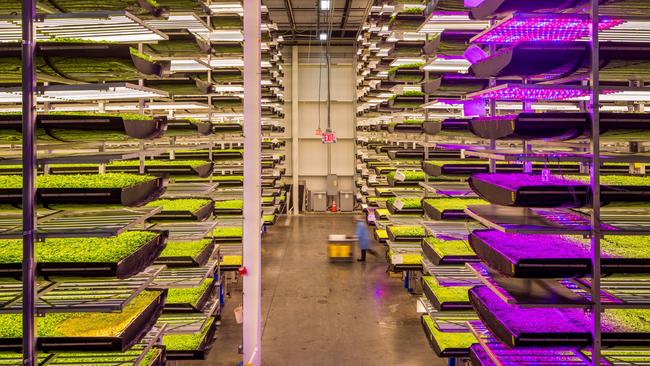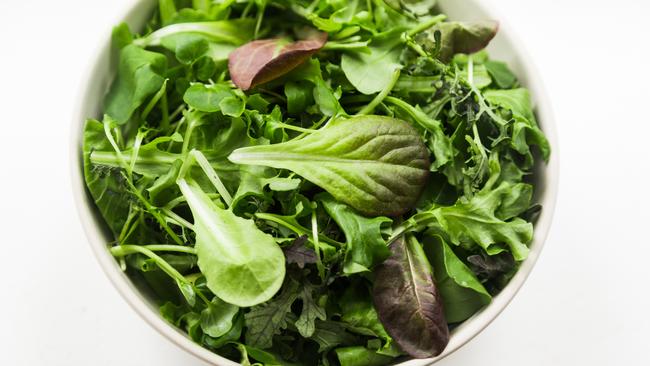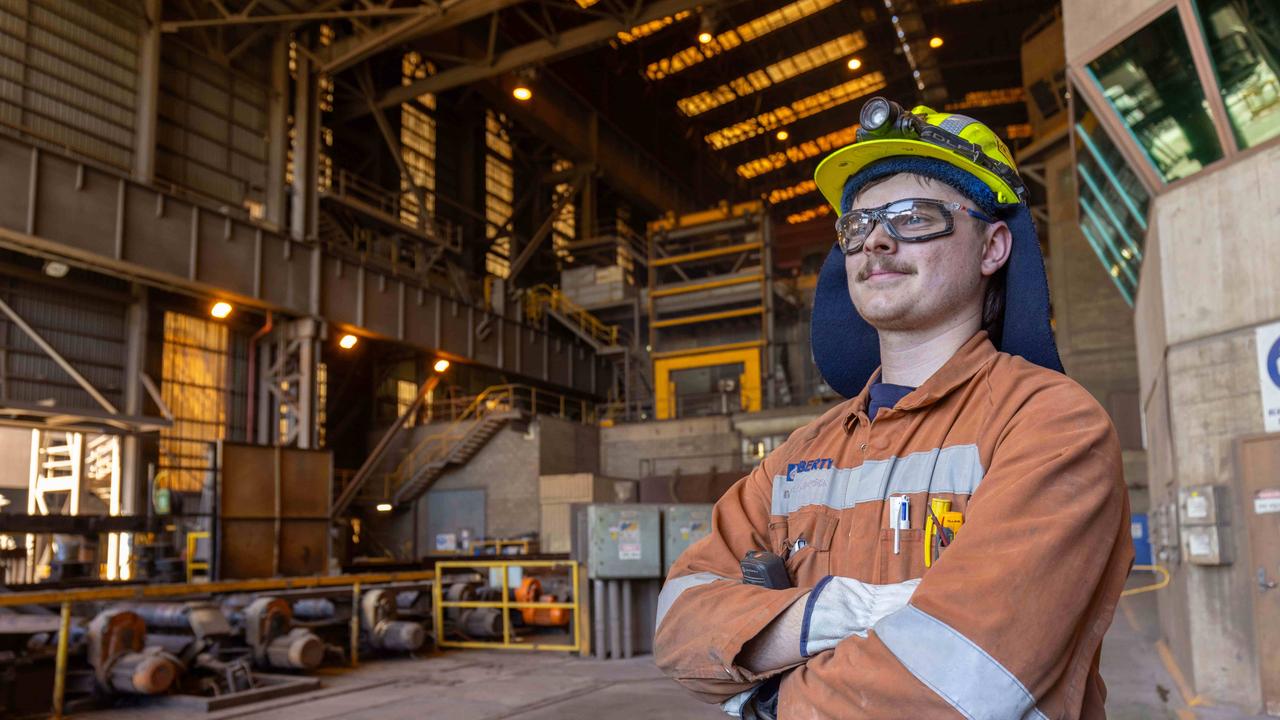Who needs sprawling acres when crops can be stacked?
American company AeroFarms are using the method ‘grow up rather than out,’ producing stacks upon stacks of leafy greens, piled to the ceiling in a warehouse in New Jersey.

GROWING up, rather than out, is one way to deal with the increasing pressure on arable land.
American company AeroFarms is producing stacks upon stacks of leafy greens, piled to the ceiling in a warehouse in Newark, New Jersey, using less water, land and fertiliser than traditional field grown greens.
It is the global poster child for vertical farming.
Now a huge corporation, AeroFarms started in co-founder David Rosenberg’s basement about 15 years ago.
Marketing director Alina Zolotareva said the company’s version of climate-controlled, hi-tech production addressed some of agriculture’s big problems, showing how precise measurement and control could decrease pesticide run-off, food miles and food waste while increasing nutritional density and flavour.
“Where I live in New York City and where we are based in Newark, New Jersey, most of our vegetables, most of our leafy greens come from California, the Salinas Valley,” Ms Zolotareva said. “They have to be trucked thousands of miles from California to New York. Along the supply chain we are also running into food waste.”

She said about 76 per cent of leafy greens in the US supply chain ended up as waste.
“That is a really sad statistic,” she said.
AeroFarms produces leafy greens in 12-16 days in a hydroponic growing environment without soil, compared with 35-45 days for field grown. The company turns out up to 157ha worth of food in a year, using less than a hectare of ground space. Ms Zolotareva said their vertical operation used 90 per cent less water than field operations, and no pesticides or fungicides.
Every aspect of production is controlled, including temperature, humidity, light and nutrient inputs. Plus, machine learning tracks growth and measures nutrients to continually improve crop quality.
“Vertical farming, controlled environment agriculture, will never replace agriculture,” Ms Zolotareva said.
“What we are doing here is a different new way of farming that can complement our existing agricultural paradigm to do more with less and grow crops that are really strained.”


